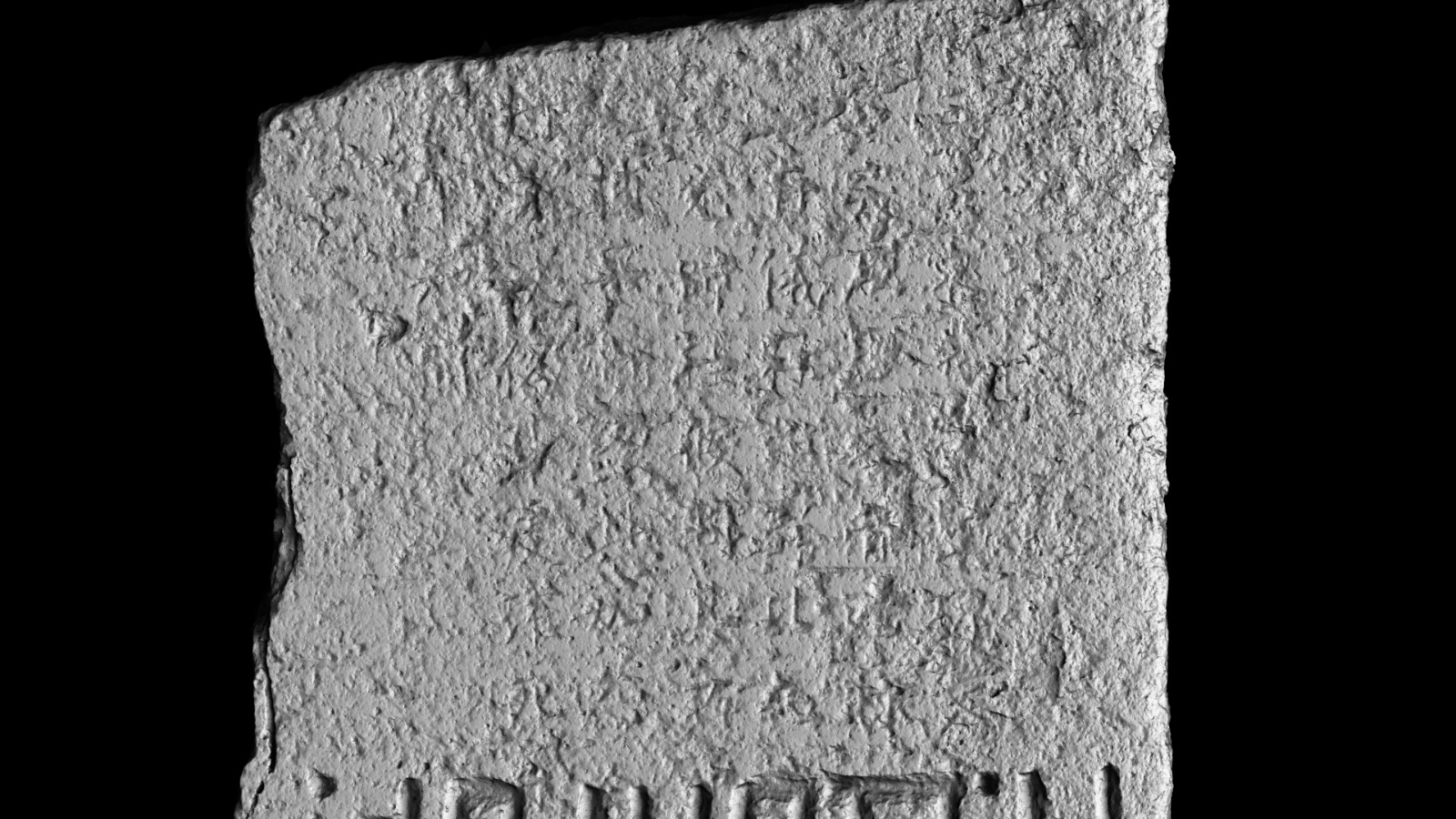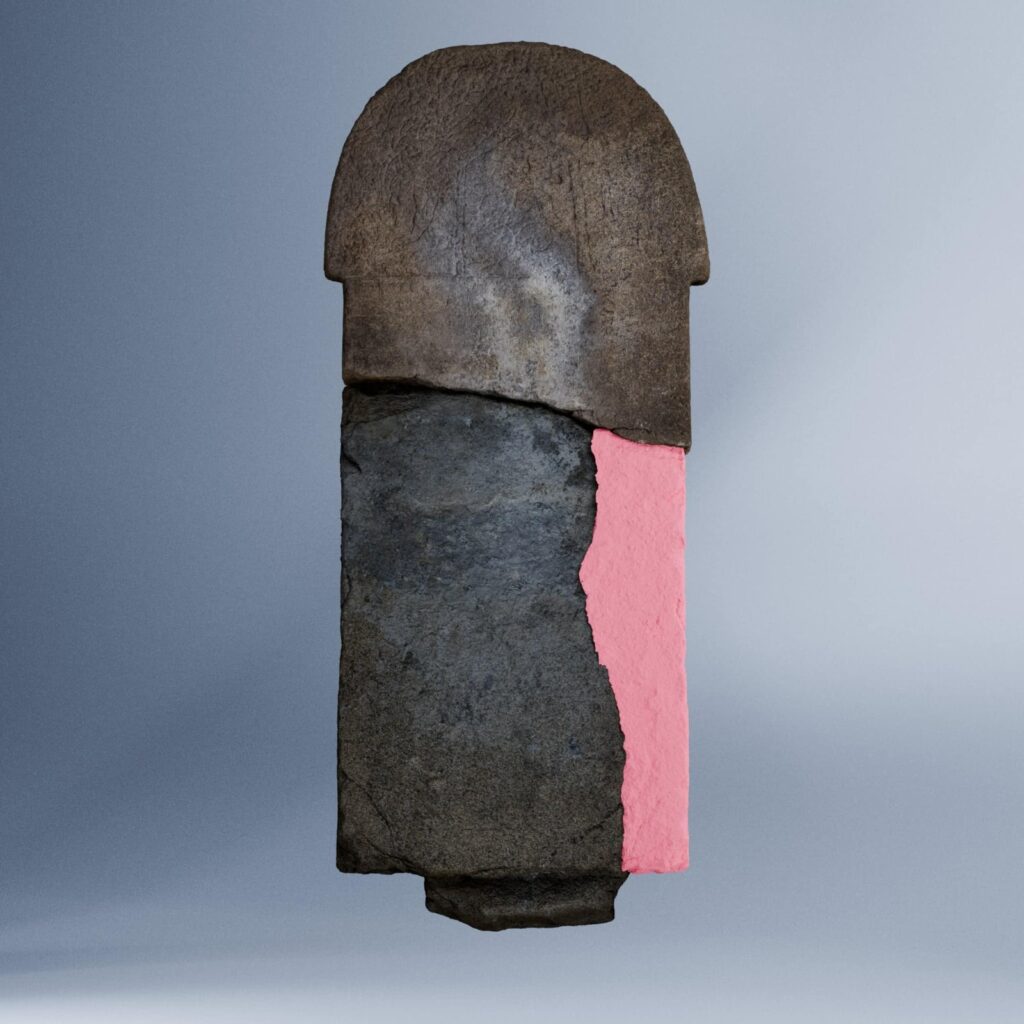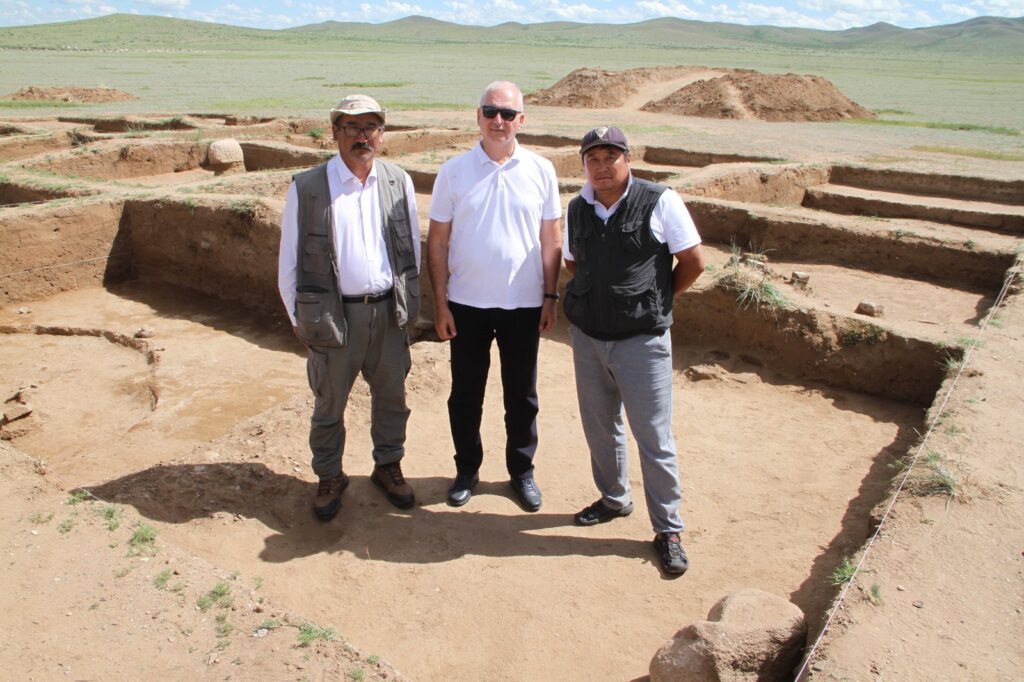
The Name ‘Turk’ Confirmed in the Oldest Written Monument of the Göktürk Period
The Turkish Academy and the Archaeology Institute of the Mongolian Academy of Sciences have made a significant discovery during their joint excavation work in 2022. They uncovered the upper part of an inscription and the mausoleum of İlteriş Kutluğ Kağan, the father of notable Göktürk rulers Bilge Kağan and Kül Tigin. This inscription, dating back to the 7th century, is the first recorded instance of the name “Turk.”
Since 2019, the Turkish Academy has been conducting archaeological excavations in the Nomgon Valley of Mongolia’s Arkhangai region. In the 2022 excavations, they confirmed that the Nomgon-2 Monumental Complex is from the Göktürk period and was likely built in honor of İlteriş Kutluğ Kağan, the founder of the Second Turkic Khaganate.
In a recent statement, the Turkish Academy highlighted the importance of their findings. They reported the discovery of the mausoleum and the upper part of the inscription of İlteriş Kutluğ Kağan. The inscription revealed a 12-line text inscribed in the Göktürk script and a 6-line text written in Sogdian. These findings provide crucial evidence that the monumental complex was constructed in honor of a khan.

In 2023, researchers were able to read the lower part of the inscription, which contains a total of 15 lines. However, it was noted that the Göktürk script on the lower part had suffered significant damage, making it difficult to read. In contrast, the text written in Chinese characters on the reverse side was partially preserved. This Chinese text was written vertically from top to bottom, with lines arranged from right to left.
Parts of lines 3 to 8 were partially readable, revealing phrases such as: “3……left……bitigtaş monument….4…….Turk great/bogda/….Kutlug…..5……ceremony……chosen…….similar…..6……..soldier……ask……7……fill, perish.. add….work…home….8……pass away……”
The statement emphasized that the 4th line of the inscription contained the word “Turk” and the title “Kutlug.” The Turkish Academy and the Archaeology Institute of the Mongolian Academy of Sciences expressed their satisfaction in confirming that the Nomgon-2 Monumental Complex belongs to the Göktürk period and was likely built in honor of İlteriş Kutluğ Kağan (682-692).

Experts from Inner Mongolia University have joined the effort to analyze the Chinese text in the inscription. The Turkish Academy and the Mongolian Academy of Sciences plan to continue their joint archaeological excavations in the Nomgon Valley.
You may also like
- A 1700-year-old statue of Pan unearthed during the excavations at Polyeuktos in İstanbul
- The granary was found in the ancient city of Sebaste, founded by the first Roman emperor Augustus
- Donalar Kale Kapı Rock Tomb or Donalar Rock Tomb
- Theater emerges as works continue in ancient city of Perinthos
- Urartian King Argishti’s bronze shield revealed the name of an unknown country
- The religious center of Lycia, the ancient city of Letoon
- Who were the Luwians?
- A new study brings a fresh perspective on the Anatolian origin of the Indo-European languages
- Perhaps the oldest thermal treatment center in the world, which has been in continuous use for 2000 years -Basilica Therma Roman Bath or King’s Daughter-
- The largest synagogue of the ancient world, located in the ancient city of Sardis, is being restored











Leave a Reply